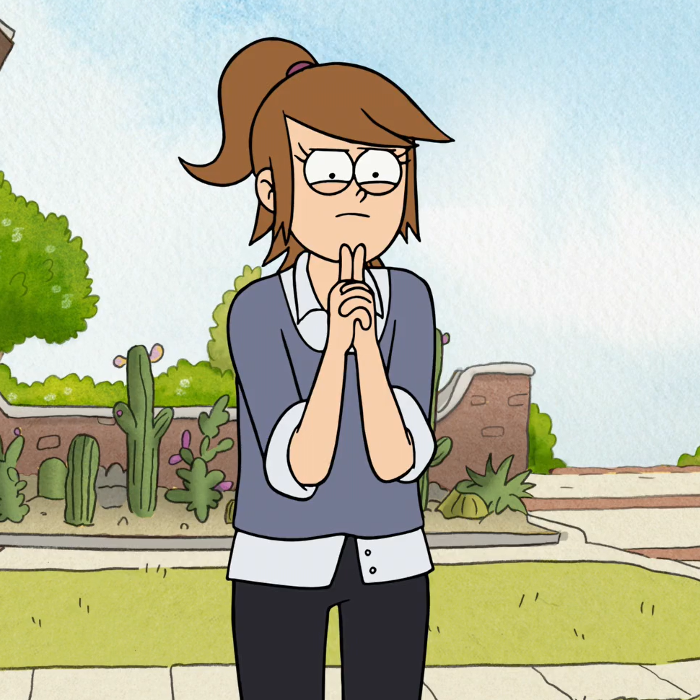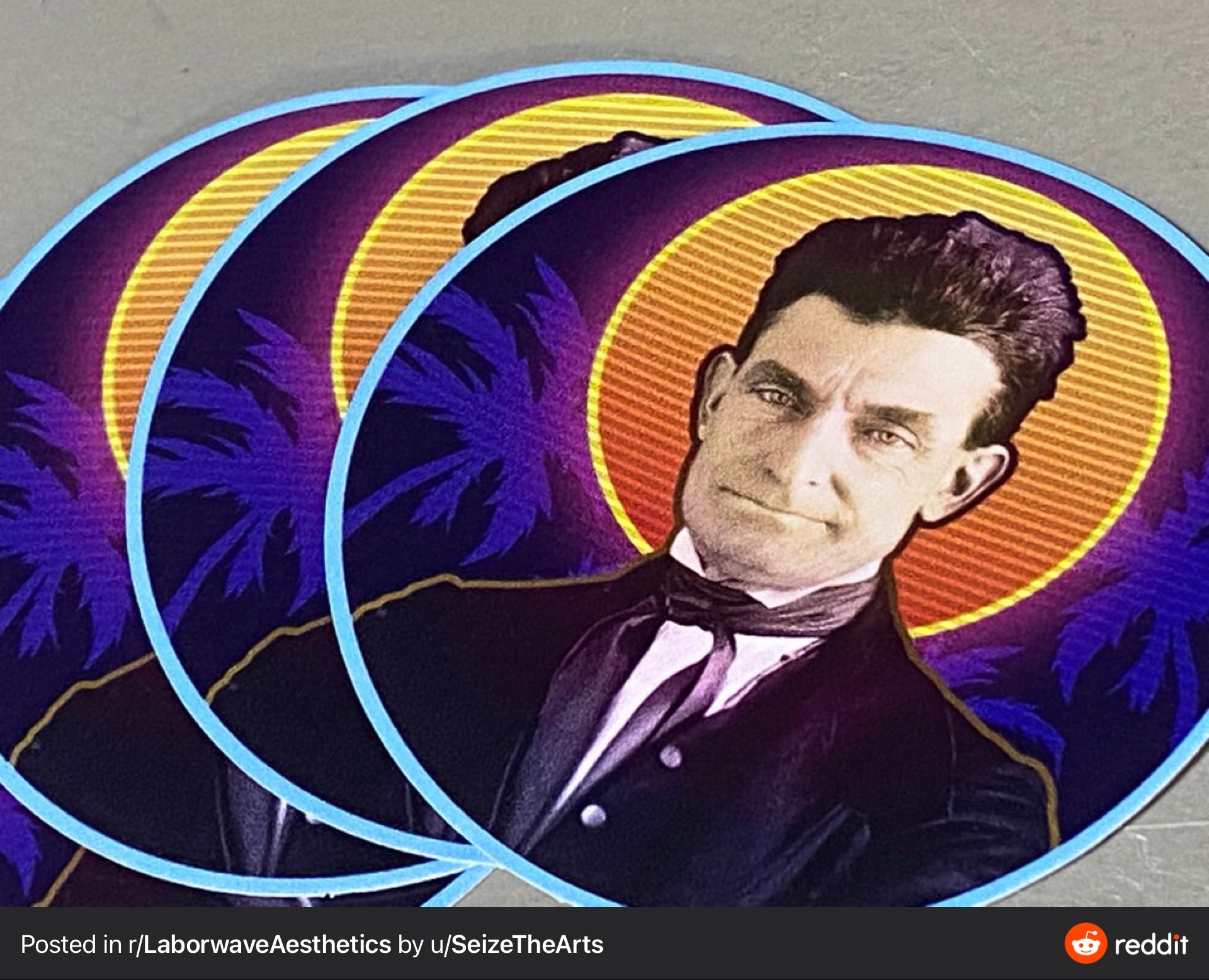Although the author of this paper, Ideology, Memory and Religion in Post-Communist East Central Europe, is an ostensible liberal, the information here is simply too important to ignore. Samples, starting with page 61:
While it would be untrue to claim that all those persecuted under communism shared the values of interwar radical right (indeed some were opponents of those values), it is nonetheless true that the politically hounded shared the same persecutions while imprisoned or subjected to other maltreatments. Under that situation, members of families depicted as class enemies and subjected to social isolation (the lishentsy of Eastern Europe) were hardly inclined to make distinctions between themselves and families of genuine extreme right wingers whose fathers or grandfathers had aimed at placing in power one set of totalitarianism against the now persecuting set.
[…]
In the substituted narrative, the collective trauma of de-nationalization and Sovietization prevails over any attempt to drive attention to the suffering of Jews and Roma during the Holocaust, the more so as Jews continue to be perceived as instruments of communization.
Pages 62–3:
In a nutshell, the “Double-Genocide” theory places the Gulag and its local derivate on par with the Holocaust. In its more benign form, it calls for “symmetry” in condemning the two, equally repulsive in its eyes, atrocities of the last century, and for a similar “symmetry” in applying punishment for those guilty for them. In its (rather common) aggressive form, it insists on the role played by Jews in communization, which should exculpate, in the eyes of the theory’s partisans, local collaboration with the Nazis. This latter form has many elements in common with deflecting the guilt for the Holocaust onto the Jews themselves.
Pages 64–5:
The late Polish historian Tomasz Stremboz, reacting to Gross’s Neighbors, portrayed the Jews of Jedwabne burned alive by their neighbors “as communists who had previously betrayed Poland and the Poles during the Soviet occupation of eastern Polish territories from 17 September 1939 to 22 June 1941.” On the other hand, Polish anticommunist fighters emerge as “men who despite the Jewish betrayal of Poland, saved Jews from the Nazis.”
[…]
The House of Terror museum in Budapest, “which restricts the Holocaust to a couple of rooms while devoting the rest of its ample space to communist crimes,” meticulously lists Jews among the communist perpetrators but not among the victims of the Stalinist system. For Randolph Braham, the House of Terror attempts to turn Germany’s last ally into its last victim, an attempt furthered in 2014 with the inauguration of Budapest’s Memorial to the Victims of the German Invasion depicting Hungary as Germany’s victim, but ignoring Hungary’s responsibility and collaboration with the Nazis in exterminating Jews.
Pg. 67:
As Omer Bartov remarks, the Baltic States “have a particular penchant for employing the totalitarian model as a mean of contextualizing the Nazi genocide of the Jews with the larger framework of Soviet crimes against indigenous Baltic populations.” He notes that “Latvian history textbooks tend to juxtapose the ‘Latvian genocide’ by the Soviets with the Holocaust,” while “specific details of the latter are often omitted and local hostility to the Jews is ascribed to alleged Jewish treachery.”
Pg. 68:
Marches in commemoration of the Waffen SS locals who fought against the Soviets also take place in Latvia and Estonia. Every year, on 16 March, members of the former Latvian Legion march in Riga. Once more, the event benefits from tacit or overt support of parties that are considered mainstream rather than extremist.
Pg. 71:
On 24 February 2014, a bust of Hungarian politician György Donáth was placed on the building where he used to live, just around the corner of Budapest’s Holocaust Memorial Center. The communists executed Donáth on trumped up charges in 1947. At that time he was a member of the Smallholders Party, but as a member of parliament between 1939–1944 (representing the ruling Movement of Hungarian Life led by Béla Imrédy) he had given vent to his strong antisemitism and supported anti-Jewish legislation.
Pg. 72:
In May 2015, Serbia rehabilitated Chetnik leader Dragoljub (“Draža”) Mihailović, executed in May 1946 for high treason and collaboration with the Nazis. A court of justice in Belgrade ruled that his trial at the hands of Tito’s communist regime had been “political and ideological” and serious legal errors had been committed in the course of the trial.
Pg. 73:
Grabar-Kitarović paid a private visit to Bleiburg, southern Austria, and to Macelj and Tezno across the border in Slovenia, where she lit candles and laid wreaths. In the words of the presidential office, Grabar-Kitarović was thus paying “respect to victims killed in the tragic events in May 1945.” In these events, civil servants and members of the Ustaša fascist movement of Ante Pavelić’s regime trying to flee Zagreb were caught and executed without a trial by Tito’s Partisans. Grabar-Kitarović explained the visit saying: “A crime is a crime and it cannot be justified by any ideology.”
Pg. 76:
Croat Archbishop Alojzije Viktor Stepinac, who was Ante Pavelić’s spiritual advisor under the Ustaša regime and supreme military vicar in the Independent State of Croatia army, was beatified by Pope John Paul II in 1998, because he had been tried by the communists and sentenced to 16 years in prison for “treason” and collaboration with the former regime.
(Emphasis added in all cases.)
Don’t forget Serbia with chetniks, war criminal Draža Mihailovic etc who became saints blessed by church and were given monuments.
Noted.
deleted by creator
Interesting excerpts, thank you for sharing them. It’s good to have such specific examples of this kind of thing.




